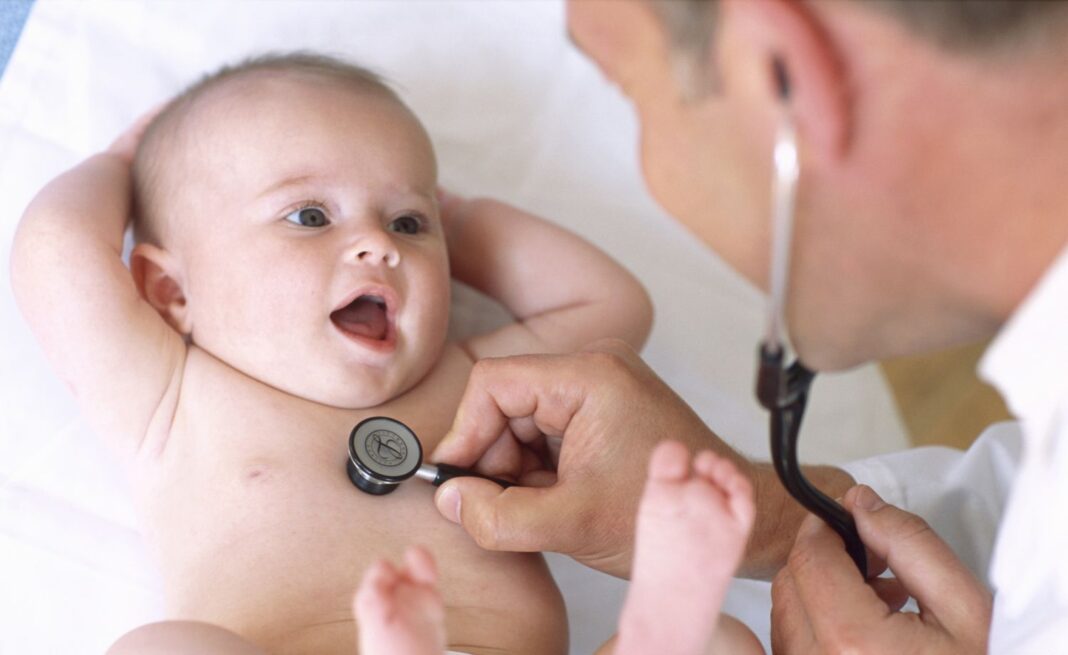Types of Infant Asthma
There are many different types of asthma, each with different triggers and outcomes. From a broad perspective, asthma can be classified as either allergic asthma or non-allergic asthma.
Infant Asthma Symptoms
The symptoms of asthma in children and adults are more or less the same but can vary from person to person in terms of severity and frequency. Even so, there are characteristic differences in asthma symptoms in infants (under 1 year) and babies (between 1 and 4) compared to toddlers and young children (4 to 11).
Treatment Options
Among the treatments available to children under 4:
- Rescue inhalers, used to treat acute attacks, are approved for children 2 and over, although minimal use is recommended.
- An inhaled corticosteroid (ICS) may be used for several days or weeks to gain control of asthma symptoms.
- Singulair (montelukast), a leukotriene modifier, also may be considered if inhaled corticosteroids fail to provide relief.
- Theophylline, an older and less commonly used oral drug, can be added to the treatment plan for children 1 and over if needed.
Coping
If your infant or baby has been diagnosed with asthma, there are things you can do to reduce the risk of attacks and improve their quality of life:
- Follow the treatment plan: If medications are prescribed, understand how they are used, and use them only as prescribed.
- Identify asthma triggers: By doing so, you can take steps to remove them from your home.
- Use an air purifier: If seasonal allergies, pet dander, or dust are problematic for your child, find an air purifier with a multi-filter system.
- Keep smokers away from your child: If someone in the family smokes, have them do it outdoors.
- Have an action plan: Write down instructions on how to treat acute symptoms.
Summary
Diagnosing asthma in infants can be difficult even for medical professionals, as many diagnostic tests are not accurate for children under 5 and asthma is often mistaken for other common respiratory illnesses. It is important, though, to treat asthma (which is often linked to eczema and allergies) early in order to prevent ongoing injury to still-developing lungs.
Frequently Asked Questions
- Q: What are the symptoms of asthma in infants?
A: The symptoms of asthma in infants can include coughing, wheezing, shortness of breath, and frequent coughing. - Q: How is asthma diagnosed in infants?
A: Asthma is often diagnosed in infants based on a combination of physical examination, medical history, and diagnostic tests such as spirometry and methacholine challenge. - Q: What are the treatment options for asthma in infants?
A: Treatment options for asthma in infants include rescue inhalers, inhaled corticosteroids, and leukotriene modifiers. - Q: How can caregivers reduce the risk of attacks and improve the quality of life for infants with asthma?
A: Caregivers can reduce the risk of attacks and improve the quality of life for infants with asthma by following the treatment plan, identifying and removing asthma triggers, using an air purifier, keeping smokers away from the child, and having an action plan.





